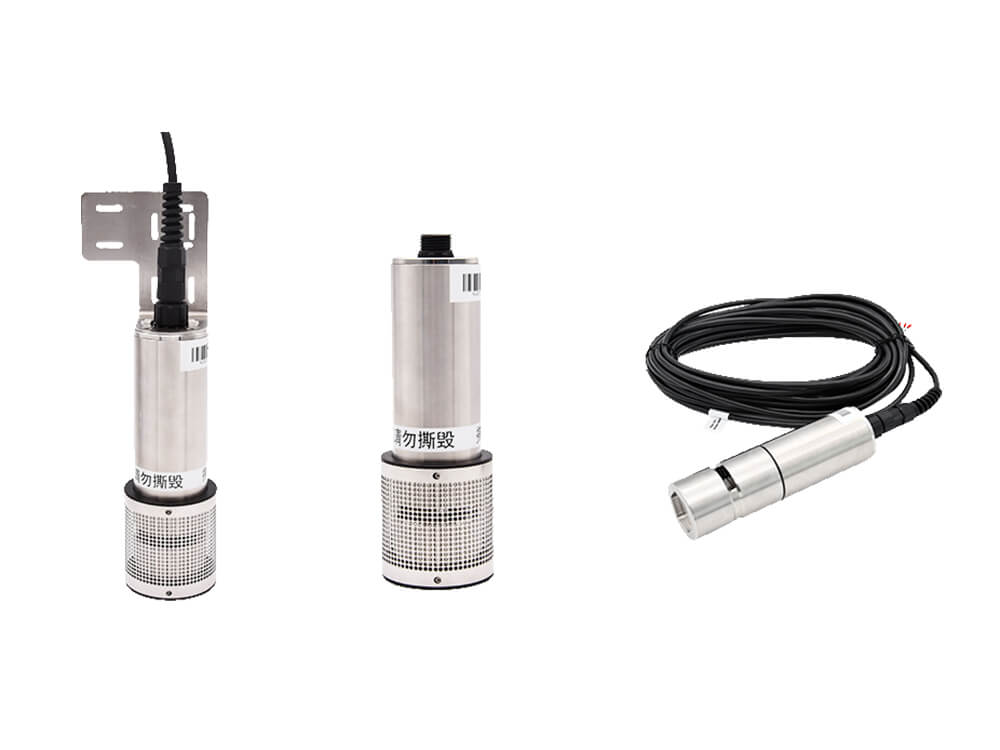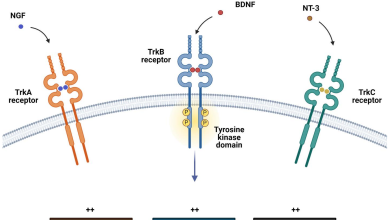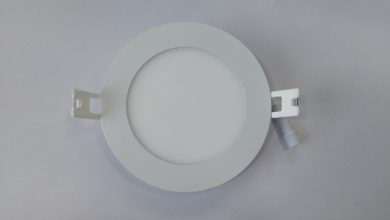How COD Sensors are Shaping the Future of Wastewater Treatment

Water pollution is one of the most pressing challenges of modern industrial society. With growing industrialization, urbanization, and agricultural expansion, more and more pollutants are entering water bodies, affecting both aquatic ecosystems and public health. Among the most significant pollutants in wastewater are organic compounds, which consume oxygen as they decompose. This depletion of dissolved oxygen can have devastating effects on aquatic life.
To tackle this issue, industries worldwide need to implement effective wastewater treatment processes that meet environmental regulations and reduce their environmental impact. One of the most crucial tools in this effort is the Chemical Oxygen Demand (COD) sensor. These sensors provide real-time data on the organic load in wastewater, enabling industries to monitor and optimize their treatment processes. In this blog post, we will explore how cod sensor are shaping the future of wastewater treatment and their role in sustainable water management.
What is Chemical Oxygen Demand (COD)?
Before we dive into how COD sensors work, it’s important to understand the concept of Chemical Oxygen Demand (COD). COD is a measure of the amount of oxygen required to chemically oxidize both organic and inorganic materials in a water sample. It serves as an indicator of the organic pollutant load in the water, as these organic materials consume oxygen as they break down.
In wastewater, high COD levels indicate the presence of pollutants such as food, chemicals, or other organic substances that can deplete dissolved oxygen levels in water. When oxygen is depleted in water bodies, it can lead to fish kills, the loss of biodiversity, and long-term damage to the ecosystem. Monitoring and controlling COD is therefore critical for preventing the adverse effects of wastewater on the environment.
How Do COD Sensors Work?
COD sensors are sophisticated devices that continuously measure the amount of organic pollutants in wastewater. They provide real-time data that helps operators monitor water quality and optimize treatment processes.
There are two main types of COD sensors:
-
Electrochemical Sensors: These sensors work by passing an electric current through the wastewater sample. The organic compounds in the water are oxidized at an electrode, generating an electrical current. The amount of current generated is proportional to the COD levels, giving operators an accurate measurement of organic material present in the water.
-
Optical Sensors: Optical COD sensors use light to measure the organic load in wastewater. When light passes through the water, organic substances absorb some of the light. The amount of light absorbed correlates with the concentration of organic matter, which can be used to calculate the COD.
Both types of COD sensors offer continuous, real-time monitoring, allowing industries to keep track of wastewater quality at all times and make quick adjustments to the treatment process when necessary.
Key Benefits of COD Sensors for Wastewater Treatment
1. Real-Time Monitoring and Instant Feedback
One of the most significant advantages of COD sensors is their ability to provide real-time monitoring. Traditional methods of measuring COD involve taking water samples, sending them to a lab for analysis, and waiting for the results—this can take several hours or even days. During this time, the wastewater may be released into the environment, potentially violating regulatory limits.
COD sensors, on the other hand, provide instant feedback on the organic load in wastewater. This allows operators to quickly detect changes in water quality and adjust treatment processes in real-time, ensuring that the water is treated effectively before it is discharged. Whether it’s adjusting chemical dosing, changing aeration levels, or altering flow rates, real-time monitoring ensures that wastewater treatment is always optimized.
2. Ensuring Compliance with Environmental Regulations
Environmental regulations governing wastewater discharge are becoming stricter. Regulatory bodies such as the U.S. Environmental Protection Agency (EPA) and the European Union’s environmental directives impose strict limits on the amount of organic material in effluent, requiring industries to ensure that their wastewater treatment processes are consistently effective.
COD sensors help industries meet these regulatory requirements by providing continuous and accurate monitoring of COD levels. When COD levels exceed regulatory limits, operators can immediately take corrective actions to prevent non-compliant discharge. This not only helps industries avoid penalties but also protects the environment from harmful pollutants.
3. Cost Savings through Process Optimization
Wastewater treatment can be energy-intensive and costly, especially when using traditional methods that rely on fixed chemical dosing, aeration, or other processes. These methods can lead to inefficiencies, with resources being overused or underused depending on the organic load in the wastewater.
COD sensors enable dynamic process optimization, ensuring that wastewater treatment systems are always working at peak efficiency. By providing real-time data on the COD levels, operators can fine-tune the treatment process, reducing chemical consumption, energy use, and water wastage. For example, if the COD level is low, operators can reduce chemical dosing or aeration, leading to cost savings. This not only improves the bottom line but also helps conserve resources.
4. Early Detection of Pollutant Surges
Industrial processes often result in sudden surges of organic material in wastewater, which can overwhelm treatment systems if not detected in time. For instance, production processes, raw material changes, or cleaning operations can introduce large amounts of organic pollutants into wastewater streams.
COD sensors provide early detection of these surges by continuously monitoring wastewater quality. When there is a sudden spike in COD levels, the sensor alerts operators, allowing them to adjust the treatment process accordingly. This early warning system helps prevent the release of untreated or inadequately treated water, reducing the risk of environmental damage and regulatory violations.
5. Long-Term Data for Process Improvement
The data collected by COD sensors over time can provide valuable insights into trends and patterns in wastewater quality. By analyzing this data, operators can gain a deeper understanding of their wastewater treatment processes and identify areas for improvement. Long-term monitoring allows for predictive maintenance, ensuring that treatment systems are functioning optimally and that any potential issues are identified before they lead to system failures.
This wealth of data can also help industries improve their treatment strategies, reduce operational costs, and enhance sustainability. For example, if a particular treatment method consistently performs well under specific conditions, operators can replicate that process to improve efficiency.
Applications of COD Sensors in Different Industries
COD sensors are being used across various industries where wastewater treatment is essential. Some of the most common sectors include:
-
Food and Beverage Industry: The food processing industry produces wastewater rich in organic matter from production, washing, and cleaning processes. COD sensors help monitor and optimize the treatment of this wastewater, ensuring that it meets environmental standards.
-
Chemical and Pharmaceutical Industries: These industries generate wastewater containing hazardous chemicals and high levels of organic pollutants. COD sensors are crucial for ensuring that their wastewater is treated effectively, preventing environmental contamination.
-
Textile Industry: Textile manufacturing involves processes such as dyeing and washing, which generate wastewater with high COD levels. COD sensors help optimize the treatment of this wastewater, ensuring that harmful chemicals and dyes are removed before the water is discharged.
-
Pulp and Paper Industry: The pulp and paper industry produces large volumes of wastewater that contains lignin, a complex organic compound. COD sensors help ensure that this wastewater is treated properly, preventing pollutants from being released into the environment.
-
Municipal Wastewater Treatment Plants: Municipal wastewater treatment plants use COD sensors to monitor the quality of incoming wastewater and the treated effluent. This helps ensure that the effluent meets regulatory standards and that the treatment process is efficient.
The Future of COD Sensors in Wastewater Treatment
As the demand for sustainable water management practices grows, the role of COD sensors in wastewater treatment will continue to expand. Some of the trends we expect to see in the future include:
-
Integration with Smart Systems: The integration of COD sensors with Internet of Things (IoT) devices will allow for remote monitoring and automated adjustments to treatment processes. This will further streamline wastewater management and improve operational efficiency.
-
Improved Accuracy and Durability: Advances in sensor technology will lead to more accurate, durable, and user-friendly COD sensors. These improvements will make them even more reliable, especially in harsh industrial environments.
-
Cost Reduction: As the adoption of COD sensors grows and technology advances, the cost of these devices is expected to decrease, making them more accessible to a broader range of industries.
-
Focus on Sustainability: With growing concerns about environmental sustainability, COD sensors will play a crucial role in helping industries reduce their environmental footprint by enabling more efficient and effective wastewater treatment processes.
Conclusion
COD sensors are transforming the way industries manage wastewater treatment, offering real-time, accurate monitoring of organic pollutants and enabling operators to optimize their processes. By ensuring regulatory compliance, reducing costs, and improving sustainability, COD sensors are helping shape the future of wastewater treatment. As technology advances, these sensors will continue to play a pivotal role in protecting our water resources and promoting environmental stewardship across industries. The integration of smart technologies and ongoing improvements in sensor accuracy will only increase their importance in the years to come.








